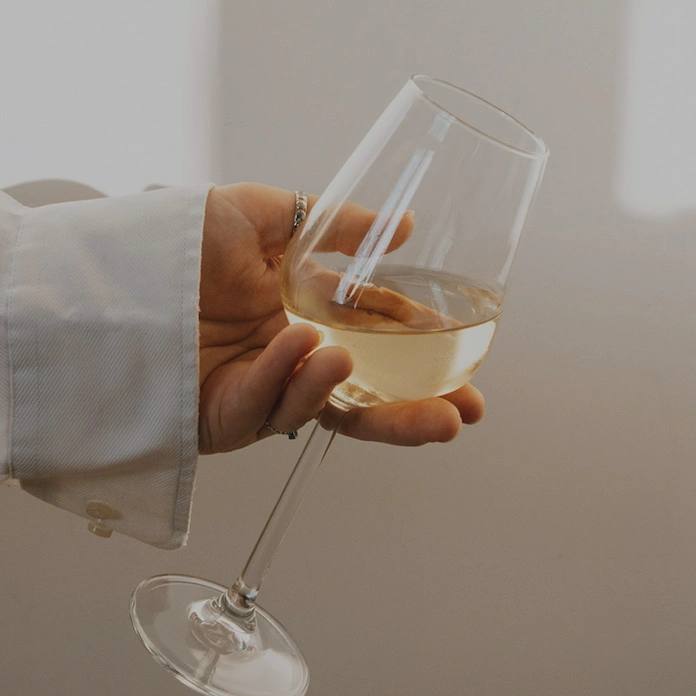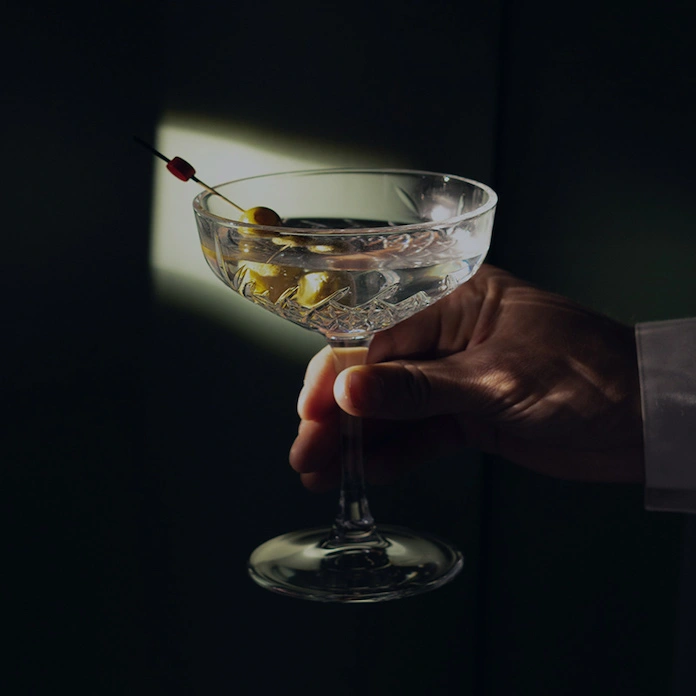Our friend Jean-Luc Colombo, then a young pharmacist with an enormous passion for food and wine (instilled in him by his mother and grandmother), moved to Cornas in 1982. A native of Marseilles, he’d been bitten by the wine bug and fell hard for the Rhône — Cornas in particular. Armed with all that chemistry know-how, he began consulting for producers around the Rhône Valley and his successes in the vineyards quickly garnered the attention of critic Robert Parker, who called him a “revolutionary enologist” in 1985. A few short years passed and in 1987, Jean-Luc struck out on his own, releasing the inaugural vintage of his flagship, single-vineyard cuvée, Les Ruchets (“the bee hive”).
This isn’t just any old vineyard. Most of the vines in Les Ruchets are ~90 years old and are what the locals call francs de pieds—“true vines” that are un-grafted and grow on their own, natural rootstocks. A serious rarity in the post-phylloxera world. The hill itself is only slightly steeper than a black diamond ski slope and, perhaps most importantly, it is part of the larger Chaillot vineyard site, recognized as one of the best spots in the region. Chaillot overlaps the village proper, faces due southeast, and is blessed with an exceptional concentration of granite soils, producing wines that are notably full bodied and very refined.
Jean-Luc’s wine was so good, it launched him — and Cornas — into the international spotlight. Critics, sommeliers, and other wine buffs began craning their necks to take in this new Cornas and its dynamic champion. He who destemmed his grapes and unapologetically employed new oak (a first for the region), revealing syrah’s voluptuous side for all to see. Quite scandalous. And quite delicious.
The acclaim poured in after that. “Winemaker of the Year” titles, spots on Top 100 lists ... Jean-Luc was even awarded the French Legion of Honor for his contributions to France’s wine industry. (Anne Colombo, Jean-Luc's wife is a mighty force in her own right and was awarded the French Legion of Honor the very next year. She's served as President of the AOC Cornas Syndicate, during which time she mapped the region’s iconic slopes in great detail. An ardent protector of the Colombo estate's biodiversity and a vineyard specialist, Anne also spearheads their “Bee Kind” conservation initiative, among other things.)
Jean-Luc even makes certain that his labels are lovely, too. They are custom creations from painter Marie Annick Dutreil, paintings she says attempt to capture “the fervor, spirit, and elegance of the wines, in the same way clever and elegant accessories enhance the beauty of a haute-couture dress.”














